Increased Focus on Grid Resilience
The increased focus on grid resilience is becoming a key driver for the substation batteries market. As extreme weather events and other disruptions pose risks to power supply, utilities are prioritizing the enhancement of grid resilience. Substation batteries are integral to this strategy, providing backup power during outages and enabling a quicker recovery of services. The need for resilient energy systems is prompting utilities to invest in advanced battery technologies that can withstand adverse conditions and ensure continuous operation. This trend is likely to result in a robust growth trajectory for the substation batteries market, with projections indicating a potential increase in market size by 7% annually through 2030. The emphasis on grid resilience underscores the critical role of substation batteries in maintaining a stable and reliable energy supply.
Growing Demand for Reliable Power Supply
The substation batteries market is experiencing a surge in demand driven by the increasing need for reliable power supply across various sectors. As the energy landscape evolves, utilities and industries are prioritizing uninterrupted power delivery to avoid costly downtimes. This trend is particularly evident in critical infrastructure, where power outages can lead to significant financial losses. The substation batteries market is projected to grow at a CAGR of approximately 6.5% from 2025 to 2030, reflecting the urgency for dependable energy storage solutions. Furthermore, the integration of renewable energy sources necessitates robust battery systems to manage fluctuations in power generation, thereby enhancing the overall reliability of the grid. Consequently, the growing demand for reliable power supply is a pivotal driver for the substation batteries market.
Regulatory Support for Energy Storage Solutions
Regulatory support for energy storage solutions is emerging as a crucial driver for the substation batteries market. Various federal and state policies are being implemented to promote the adoption of energy storage technologies, which are essential for achieving energy efficiency and sustainability goals. Incentives such as tax credits and grants are encouraging utilities to invest in advanced battery systems. Additionally, regulations mandating the integration of renewable energy sources into the grid are further propelling the need for reliable energy storage solutions. The substation batteries market is likely to see increased investments as utilities respond to these regulatory frameworks, potentially leading to a market growth of around 8% annually through 2030. This supportive regulatory environment is expected to foster innovation and drive the development of more efficient battery technologies.
Technological Advancements in Battery Chemistry
Technological advancements in battery chemistry are significantly influencing the substation batteries market. Innovations in materials and design are leading to the development of batteries with enhanced performance characteristics, such as increased energy density and longer life cycles. For instance, the introduction of advanced lithium-ion and solid-state batteries is expected to improve efficiency and reduce maintenance costs. These advancements not only enhance the operational capabilities of substations but also align with the growing emphasis on sustainability. The substation batteries market is likely to benefit from these innovations, as they provide utilities with more effective solutions for energy storage and management. As a result, the market is anticipated to witness a notable increase in adoption rates, potentially reaching a valuation of $2 billion by 2030.
Rising Investment in Renewable Energy Infrastructure
The rising investment in renewable energy infrastructure is significantly impacting the substation batteries market. As the transition to cleaner energy sources accelerates, there is a growing need for efficient energy storage systems to manage the intermittent nature of renewable generation. Investments in solar and wind energy projects are driving the demand for substation batteries, which play a critical role in stabilizing the grid and ensuring a consistent power supply. The substation batteries market is projected to expand as utilities and energy developers seek to enhance their storage capabilities. With an estimated investment of over $100 billion in renewable energy infrastructure by 2030, the substation batteries market is poised for substantial growth, reflecting the increasing reliance on renewable sources for energy generation.


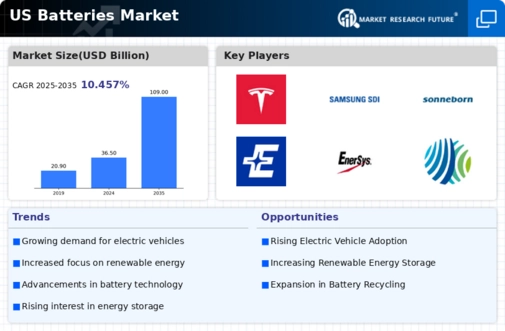
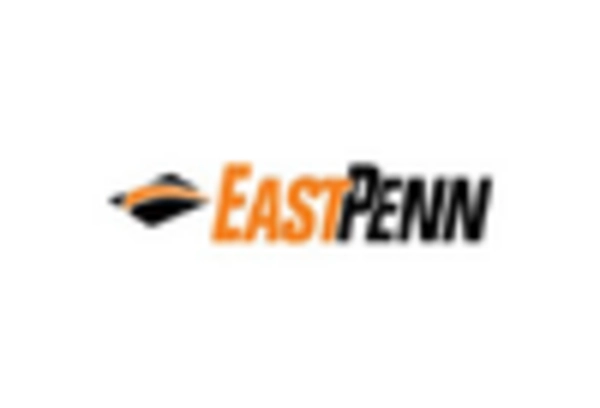

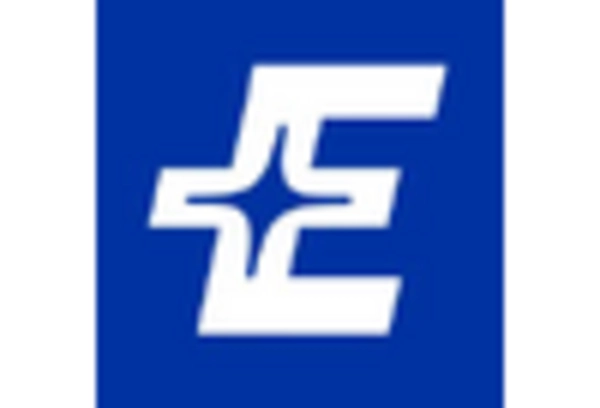

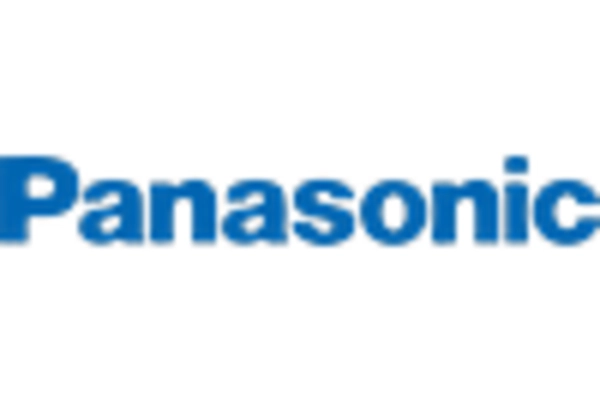
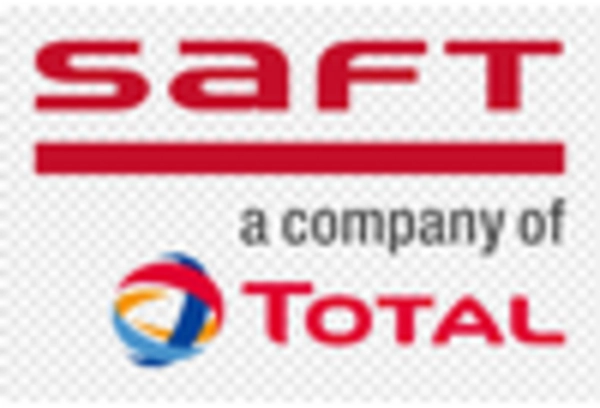








Leave a Comment